5 podcast tools you need to implement right away
| March 26, 2020
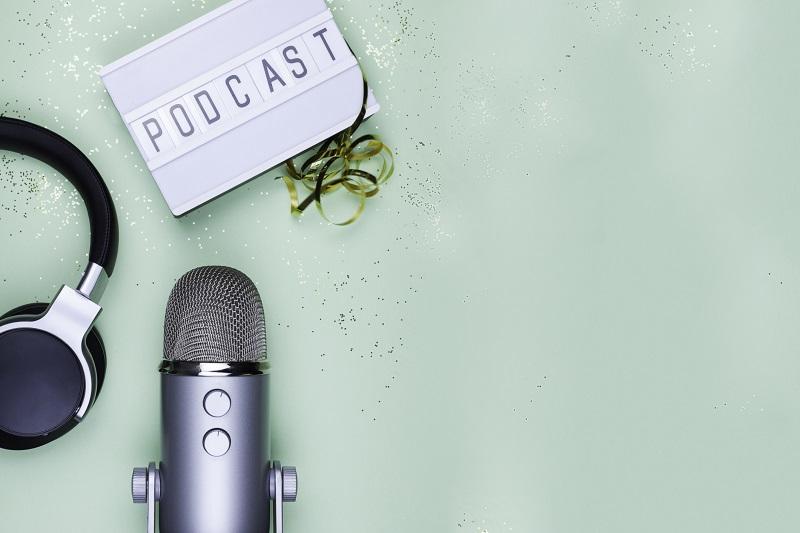
It seems like every company is working to expand the scope of their content to reach new audiences. Podcasts are a huge part of these potential expansions. Whether you currently have a podcast or are thinking of starting one, there are certain tools that you need in order to succeed. Here are five podcast tools that you simply can’t overlook.
1. Necessary hardware
Unfortunately for anyone still using old model computers and worn-down microphones to their podcast, audiences no longer accept low resolution audio for podcasts. The good news is you can make a few hardware upgrades to get some amazing sound without breaking the bank. Though it is nice to have a fast computer, you can realistically get by without one, though it might make things like editing take much longer. We will focus on smaller, cheaper upgrades that you can make immediately.
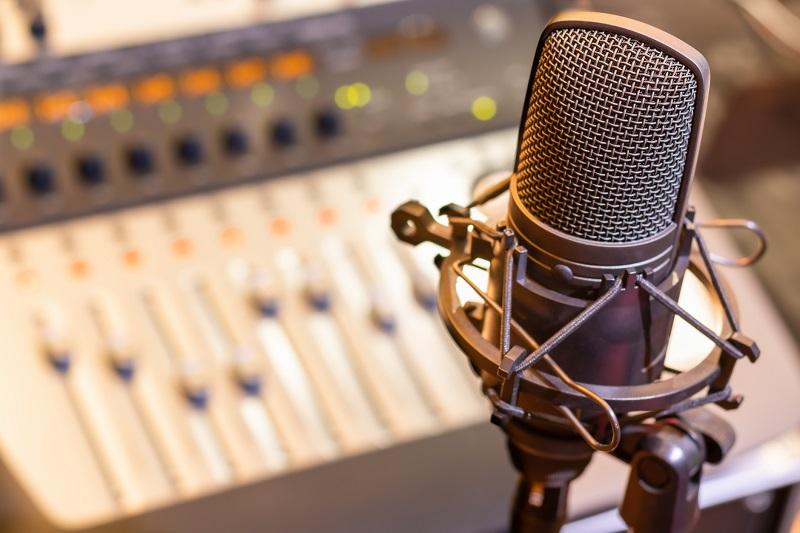
The first thing you’ll want to add to your podcast tools is a professional microphone. This will give you the opportunity to record high quality audio and cut down on unsettling sounds associated with older, cheaper mics. Next, to keep the mic accessible to the host and guests, you’ll want to find a stable mount that holds the mic in place. Finally, a pop filter is a nice finishing touch to the equipment, giving your recordings a clean sound without any extra ‘popping’ being picked up during the podcast.
2. Scheduling apps
One of the most commonly overlooked aspects of a successful podcast is a release schedule of some sort. It doesn’t matter how good your content is, if you put out an episode every once in a while, without any rhyme or reason, it will be less successful. The difference between a podcast with sporadic episode releases and a podcast with a weekly, planned release schedule is massive. In order to fulfill this, you’ll want to implement a scheduling app.
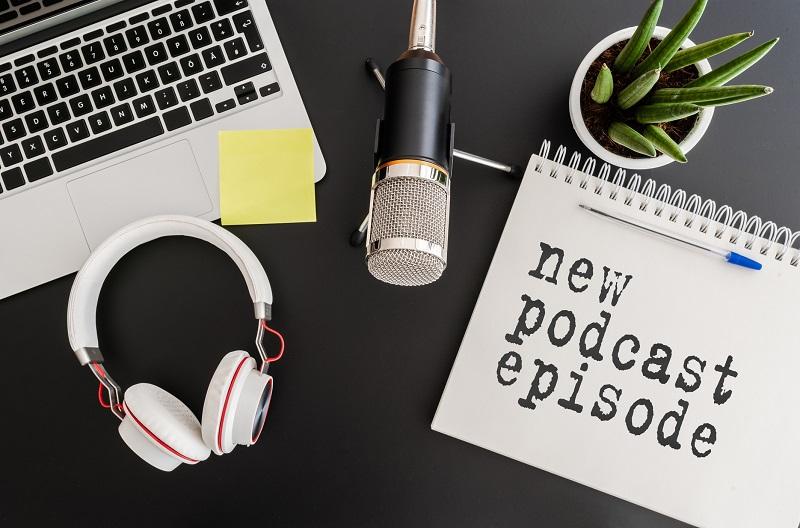
Scheduling apps let users plan ahead with a lot of different features that don’t exist using a pen and a physical calendar. A good scheduling tool lets podcast owners create reminders and involve potential guests in the scheduling process. I recommend Doodle for this reason, as it gives users a chance to invite podcast guests to indicate when they’re available to record. A lot of the best branding podcasts are made using Doodle, giving it a lot of positive backing.
3. Writing tools
It’s fine to write your podcast script or topics onto a piece of paper in a notebook, so long as you’re the only one who needs to see it. Chances are this isn’t the case, however. Especially as your podcast expands, there will be and more reason to digitize your writing efforts. Tools like Microsoft Word run into similar problems as the physical pen and paper method – they require extra sharing.

The solution is to find a writing tool that allows for real-time collaboration, so that guests and co-hosts can access show scripts and make live changes. This boosts feedback from other members of your podcast team and helps cut down on potential mistakes before it’s too late. A tool like Google Docs allows for real-time editing and collaboration. Give it a shot the next time you’re writing a podcast show script.
Now it’s time to take a look at some post-podcast tools. These are tools that help your process after you’ve recorded a podcast episode.
4. Editing tools
Once the podcast is recorded, it’s time to start cleaning it up and getting it ready for release. The last thing you want is errors, dead time and a lack of flow within an episode. A powerful editing tool allows you to optimize each recording and keep it free of any errors that might have slipped past during the live recording phase.
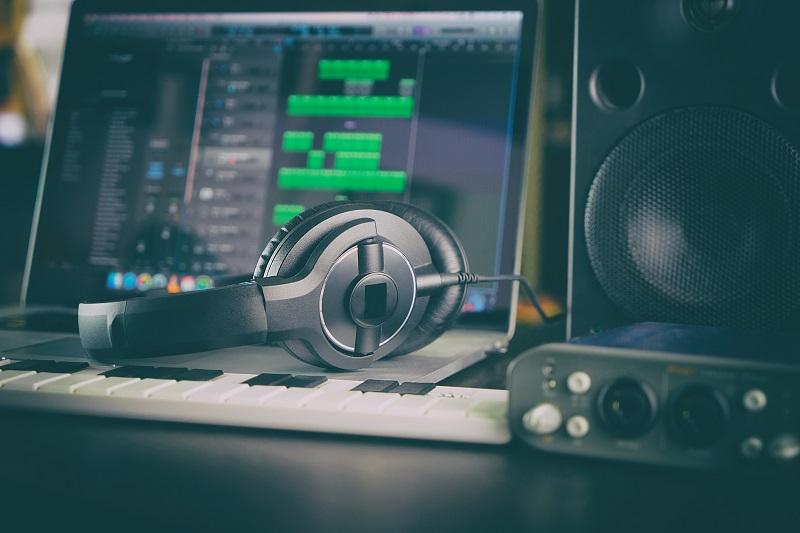
There are quite a few powerful audio tools that let users edit different sounds and recordings. One such tool that I’ve used with a lot of success is Audacity. Though it’s not an app designed to edit podcasts, it has so many different audio-editing tools that make it optimal for any type of project. It does take a little time to figure out all the different options. Make sure you have a handle on it before beginning a big editing project.
Now that your podcast is recorded and edited, you can release it to the public. Once this is done, it’s important to have a way to measure the podcast’s success. For this, use one of the many evaluation/analysis apps.
5. Evaluation apps
These types of apps help determine how effective your podcast is and if it’s reaching its intended audience. Essentially, these are tools that give podcast owners a chance to look at in-depth statistics and analysis of their podcast success. This is necessary because it leads to positive adjustments that progress each episode.
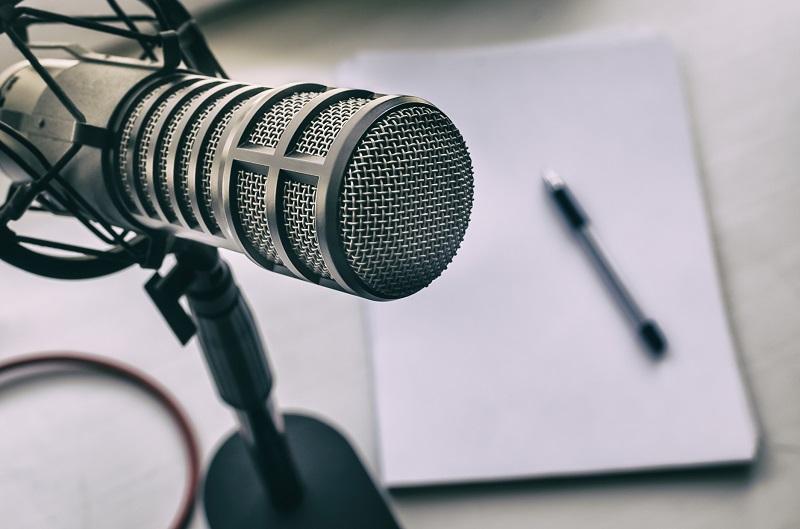
The popular app Blubrry is a powerful podcast evaluation tool, specifically designed for podcast owners to figure out ways in which their show is failing or succeeding. Furthermore, it outlines key details such as what type of platform audiences are tuning into your show on (via laptop, desktop, smartphone, etc.) and other demographics. Using this information, podcast hosts can tweak each episode to better cater to their audience.
Podcasts should continue to grow in popularity during the near future. More importantly, the tech and tools users are employing will continue to get better. Make sure you evaluate your own tools to create a successful podcast.
